HANAU, Germany--Up on stage, Snow White and Rose Red were hitting their cringing servant boy with sticks. They weren’t acting like fairy tale heroines but more like disagreeable teenagers. A bear dozed under a rock in the corner and a man-sized eagle crouched beside him.
“But why are they hitting him?” a little girl sitting in the audience next to me wanted to know.
“Because he wants to marry Snow White and she doesn’t want to marry him,” explained her mother.
“Who does she want to marry?” asks the girl.
“The bear,” the mother tried to explain, recognizing the absurdity.
This was a musical production staged for the annual Brothers Grimm Fairy Tale Festival in the German town of Hanau, 13 miles east of Frankfurt. High above the sleeping bear on a platform of artificial rocks, the Dwarf King was jumping up and down in fury because someone had stolen his bags of gold. It was just another evening in the fairy tale world of the Brothers Grimm.
Once upon a time, there were two brothers who loved fairy tales. For years German folklore specialists Jacob and Wilhelm Grimm collected stories from friends and neighbors until they finally published them in two volumes just 200 years ago. Today “Grimms’ Fairy Tales” are the most published books in the world. Between 1812 and 1814; Snow White, Rumpelstiltskin, and Sleeping Beauty popped from the pages of their imaginative reworking of old folk tales and have hung around ever since. This year the nation is celebrating the 200th anniversary of their publication with events and special exhibitions scheduled all along Germany’s Fairy Tale Road.
A major tourist magnet, the road runs 370 miles from Hanau, the brothers’ birthplace in central Germany, to Bremen in the North. With four days to see as much of it as I could, I traveled by minivan from Hanau to Steinau, where the brothers spent their childhood; to Marburg, where they went to the university; and to Kassel, where they finally published their work. Along the way, I climbed the tower where Rapunzel had let down her hair and found the castle where Sleeping Beauty dozed for 100 years. Whether it’s an historical site connected to the authors or a fairy tale setting where a story took place, the Fairy Tale Road is rich in associations with the wonderful world of the Grimm Brothers.
Hanau
The Grimms’ birthplace lost many of its original buildings in World War II, but it still has a medieval feel. The house in which the brothers were born is gone, but the market place boasts the splendid Goldsmiths Hall. The high Baroque Philippsruhe Palace displays photos and memorabilia of the Grimms, including drawings of them by their younger brother, artist Ludwig Emil Grimm.
In front of the Rathaus or City Hall is the Grimm Brothers Memorial, an 1895 bronze of Jacob and Wilhelm that marks the beginning of the Fairy Tale Road. Wilhelm has a bronze book on his lap and Jacob has a real pigeon perched on his head. My guide, in a fit of whimsy, suggested that it might be a feathered prince enchanted by an evil sorcerer. Jacob did not look amused.
More whimsy awaited me in the tiny town of Steinau on the River Kinzig only 30 miles away. Here visitors can request from the tourist office one of seven costumed fairy tale guides, including a Wicked Witch, a fairy princess, and Puss in Boots. My guide was the Great Wizard from “Puss in Boots,” who in mask and costume showed me the town where Jacob and Wilhelm spent most of their childhood. The museum dedicated to them is located in the house where they lived for seven years.
Their father was a government official and their family was the most important one in Steinau. Among the narrow half-timbered houses their two-storied home set off the main street in its own courtyard stands out. The original kitchen looks as if the children have just left for school. Upstairs dioramas of some of their most famous tales are on display. But nearby, according to the Great Wizard, a darker story unfolds. The boys’ father died quite suddenly and widow Dorothea with her family of six young children was forced to move nearly overnight across the street and into the poor house. “No wonder,” the Great Wizard remarks, “that they took refuge in fairy tales.”
Steinau
This is a place for all things Grimm. The local fountain is carved with fairy tale motifs and a prince-turned-frog sits on a lily pad in the middle. The forbidding looking castle at one end of town has medieval giants painted on its walls and at the nearby marionette theater, the granddaughter of the founder and her assistant are rehearsing surrounded by puppets drawn from fairy tales.
At the local restaurant, Café Rosengarten, located in the same building that once served as the poor house, you can order dishes from Dorothea Grimm’s recipe book. The sauerbraten and homemade spaetzle with red cabbage that I had for lunch would have also greeted the boys at the dinner table. There is irony here, too. The house where the Grimms’ grandfather lived as a Protestant priest for 47 years is now a rock bar named Tabasco.
Reinhardswald
All around the area for miles stretches the enchanted forest of the Reinhardswald where so many of the stories have their setting. The woods have a Jekyll and Hyde quality and on a bright day, they are beautiful with their clustering trees, winding paths, and lattices of sunlight. But after dark or when clouds roll in, wolves and goblins stir in the dense foliage and the witch’s gingerbread house seems all too real. Deep in the heart of the forest lie two old castles, one at Trendelburg, where Rapunzel languished in a tower, and one at Sababurg, surrounded by the roses and thorns that kept questing princes from the bower of the Sleeping Beauty.
Both castles are now hotels so I decided to sleep near Rapunzel and dine with Sleeping Beauty. Arriving at Sababurg for dinner, I could smell the Hotel Dornroschenschloss as soon as I got out of the car. All of its many rose bushes were in bloom, one of them, the largest rose bush in Germany, protects the tower where the Sleeping Beauty lies. Here again in the hotel restaurant the menu has been carefully selected from original recipes used by the Grimm family. I dined to live cello music and a mini-play between the newly awakened Beauty and her charming Prince.
Marburg
It was in Marburg that Jacob and Wilhelm attended the university. It was here, too, that their linguistics professor encouraged them to collect fairy tales. They loved the stories but they didn’t much like the town. Built on a hill with most of its roads running straight upwards, they protested the need for hiking up and down to see their teachers. Today you can take an elevator to the hilltop and the medieval town buzzes with the life of its student population.
Near the taverns, Zur Sonne and S’Weinladle, where Jacob, Wilhelm, and their friends may have stopped in for a beer or a glass of Riesling, actors in the masks of the Italian commedia del’arte were performing Shakespeare’s “Much Ado About Nothing” on an outdoor stage. In the time of the Brothers Grimm as well as now, Marburg is a multi-cultural center. Outside the bakery where I stopped for a hot chocolate, a German violinist who looked like Sigmund Freud, beard and all, was playing an Irish jig for a crowd of Chinese tourists.
Kassel
I ended my journey down the Fairy Tale Road in Kassel where Jacob and Wilhelm published their stories and which has its own Brothers Grimm Museum. If it’s all things Grimm, all the time along the Fairy Tale Road, that’s only as it should be. For writers who gave us the catchphrases “Once upon a time” and “they lived happily ever after,” towers, trails, and forbidden forests have always been a guarantee of enchantment.
Susan James is a freelance writer based in Los Angeles. She has lived in India, the U.K., and Hawaii, and writes about travel, art, and culture.

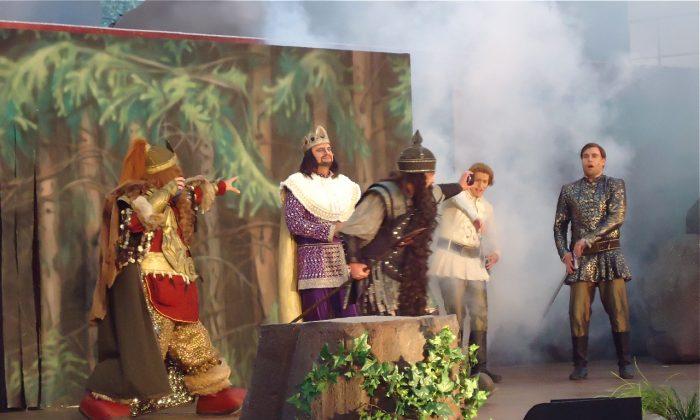
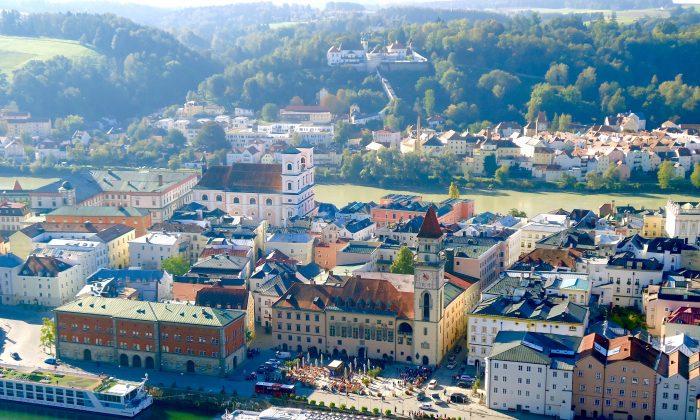
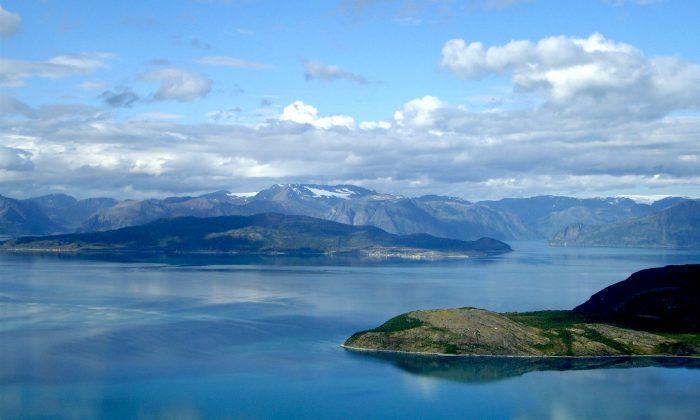
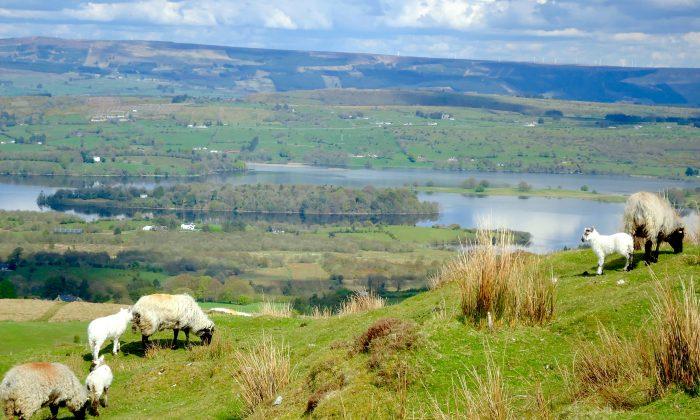
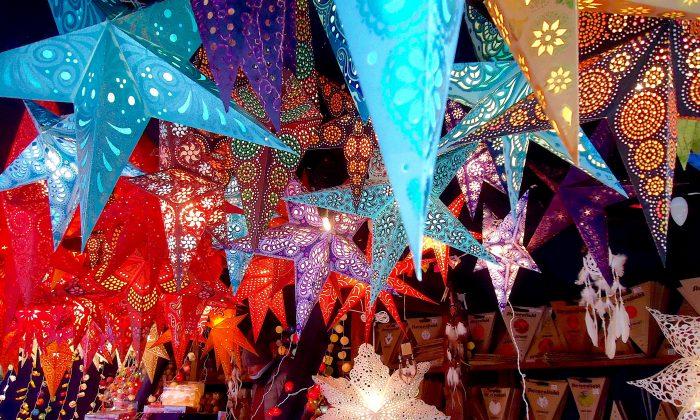
Friends Read Free